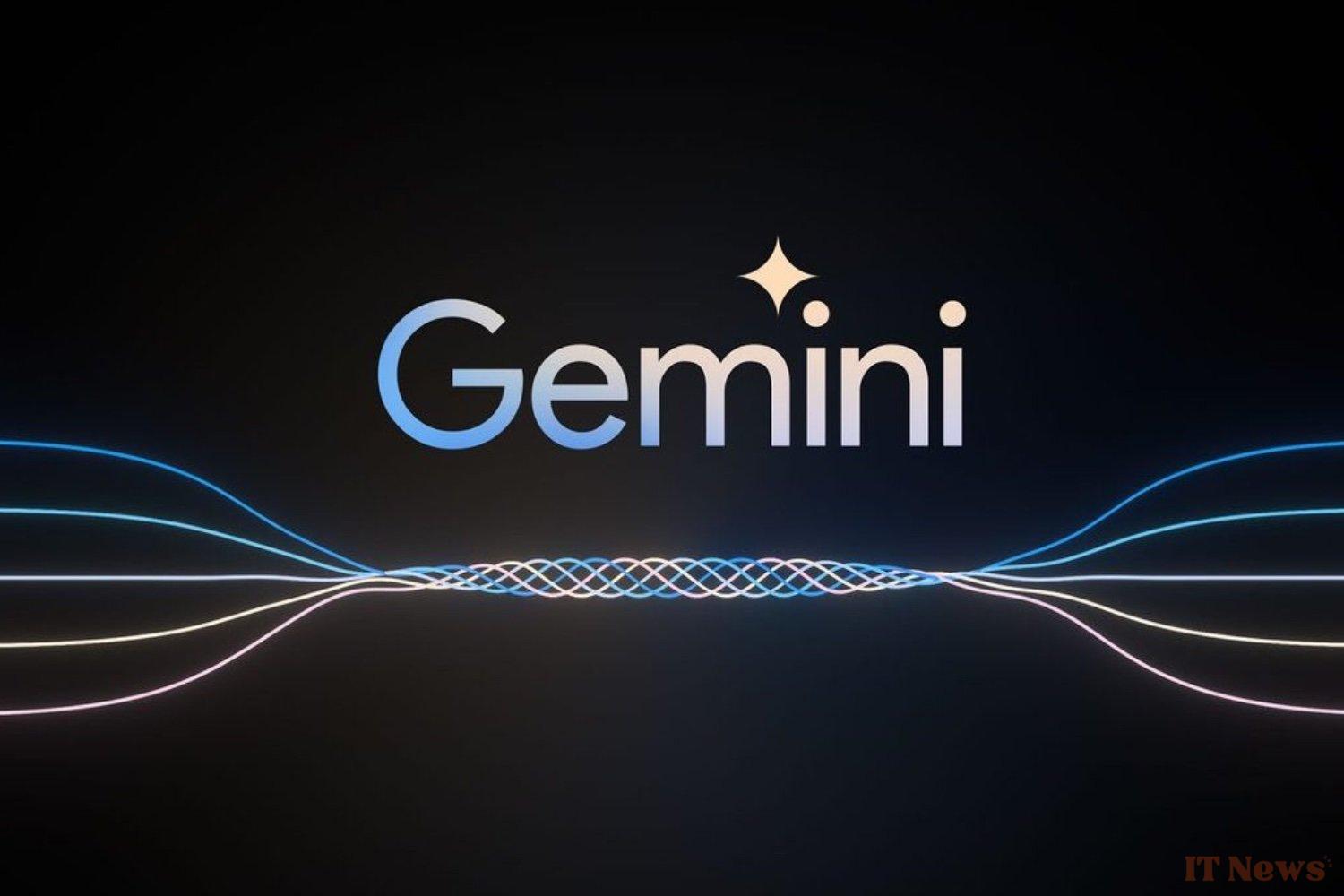Google recently expanded access to its Gemini 2.0 Flash artificial intelligence model by making it available through its AI Studio platform. This tool, still in the experimental phase, allows you to generate images from text, but also to modify them in a fairly detailed manner. And as is often the case with AI, users quickly tested its limits.
An AI that ignores the rules of the game
Several Internet users on social networks have noticed that Gemini 2.0 Flash was capable of removing watermarks, those famous visual markings used to protect photos, especially those sold by agencies like Getty Images. But that's not all: once the watermark is removed, the AI reconstructs the image by automatically filling in the area. The result: a seemingly "clean" photo, as if it had never been protected.
Some online services already do this kind of thing, but Gemini's accuracy, coupled with the fact that it's free, is causing some to grind their teeth. The model is particularly effective at recreating the background, except in the case of semi-transparent or very large watermarks. Clearly, Gemini doesn't succeed every time, but it does better than many.
Technically, this feature is only accessible to developers and is presented as a simple test. This is not enough to reassure rights holders. Removing a watermark without authorization is illegal in most cases, several copyright specialists in the United States point out. Even Claude, the Anthropic model, refused the task, explaining that it was "unethical."
Faced with criticism, Google finally reacted. In a statement sent to the press, a company spokesperson said: "Using Google's generative AI tools to infringe copyright goes against our terms of service. We're closely monitoring what's happening with these experimental versions.»
To make matters worse, Internet users have also reported that Gemini 2.0 Flash could integrate images of celebrities like Elon Musk into montages, an option normally blocked in the classic version of the model.
And this isn't the first time Google has found itself facing this kind of controversy. In 2017, its researchers themselves developed a tool to show how easy watermarks were to remove... with the aim of raising awareness among image creators. Eight years later, their own AI has become a tool capable of doing this in seconds.
The function remains limited in use today, but it once again raises a central question: how far should we let these models go when they modify, transform, or rewrite the work of others?



0 Comments